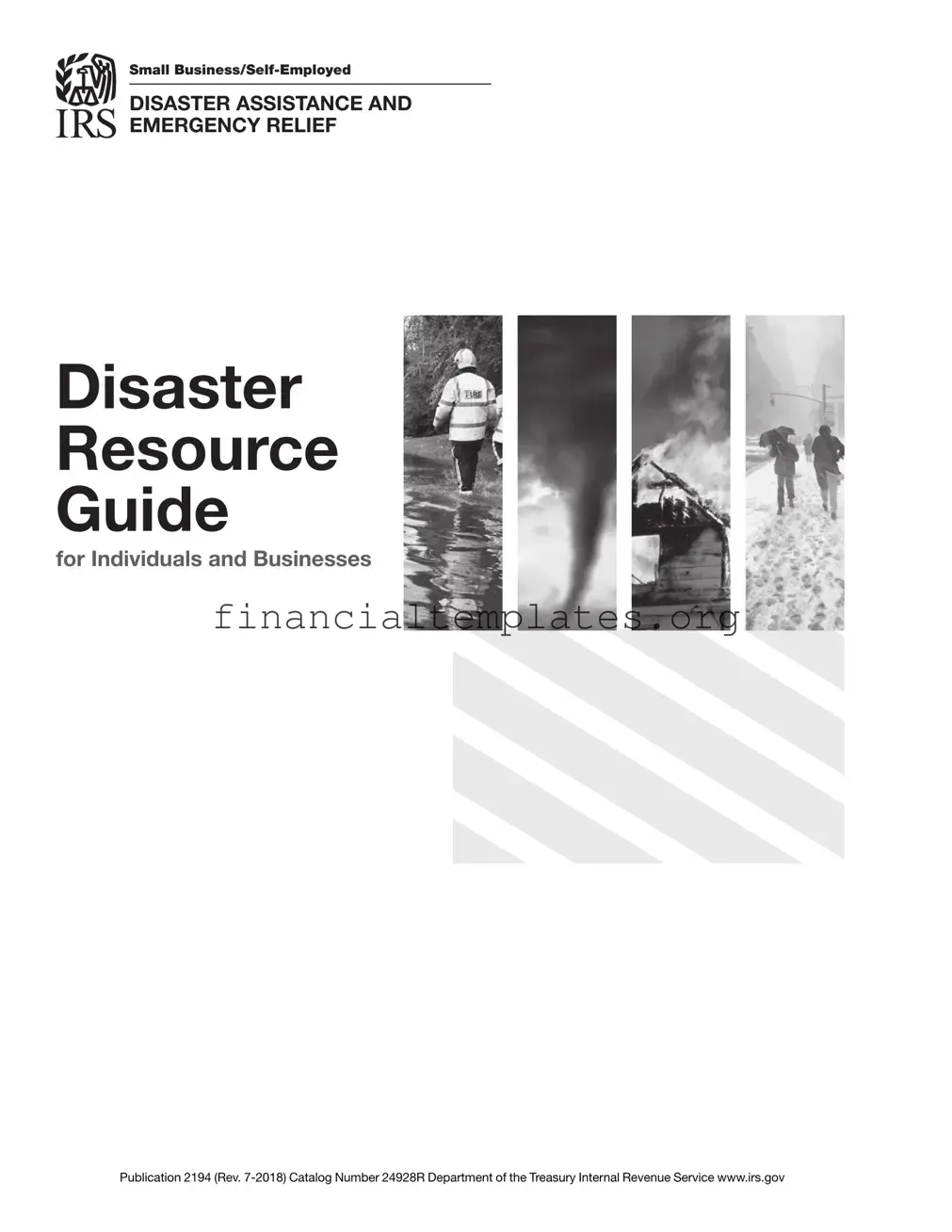Vehicles
There are several resources that can help determine the current fair market value of most cars on the road. These resources are all available online and at most libraries:
Kelley Blue Book
National Automobile Dealers Association
Edmunds
Additionally, call the dealer where the car was purchased and ask for a copy of the contract. If this is not available, give the dealer all the facts and details, and ask for a comparable price figure. If making payments on the car, check with the lien holder.
Personal Property
It can be difficult to reconstruct records showing the fair market value of some types of personal property. Here are some things to consider when cataloguing lost items and their values.
Look on mobile phones for pictures that were taken in the home that might show the damaged property in the background before the disaster.
Check websites that can help stablish the cost and fair market value of lost items.
Support the valuation with photographs, videos, canceled checks, receipts, or other evidence.
If items were purchased using a credit card or debit card, contact the credit card company or bank for past statements. Credit card companies and banks often provide user’s access to these statements online.
If there are no photos or videos of the property, a simple method to help you remember what items you lost is to sketch pictures of each room that was impacted:
Draw a floor plan showing where each piece of furniture was placed – include drawers, dressers and shelves.
Sketch pictures of the room looking toward any shelves or tables showing their contents.
These do not have to be professionally drawn, just functional.
Take time to draw shelves with memorabilia on them.
Be sure to include garages, attics, closets, basements, and items on your walls.
Business Records
To create a list of lost inventories, get copies of invoices from suppliers. Whenever possible, the invoices should date back at least one calendar year.
Check your mobile phone or other camera for pictures and videos taken of your building, equipment and inventory.
For information about income, get copies of bank statements. The deposits should closely reflect what the sales were for any given time period.
Get copies of last year’s federal, state and local tax returns. This includes sales tax reports, payroll tax returns, and business licenses from your city or county. These will reflect gross sales for a given time period.
If you don’t have photographs or videos, sketch an outline of the inside and outside of the business location. Then start to fill in the details of the sketches. For example, for the inside of the building, record where equipment and inventory was located. For the outside of the building, map out the locations of items such as shrubs, parking, signs, and awnings.
If you purchased an existing business, go back to the broker for a copy of the purchase agreement. This should detail what was acquired.
If the building was constructed for you, contact the contractor or a planning commission for building plans.







